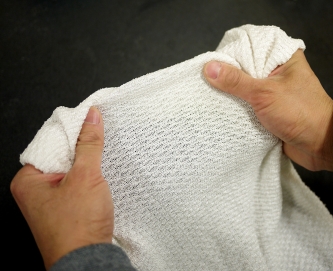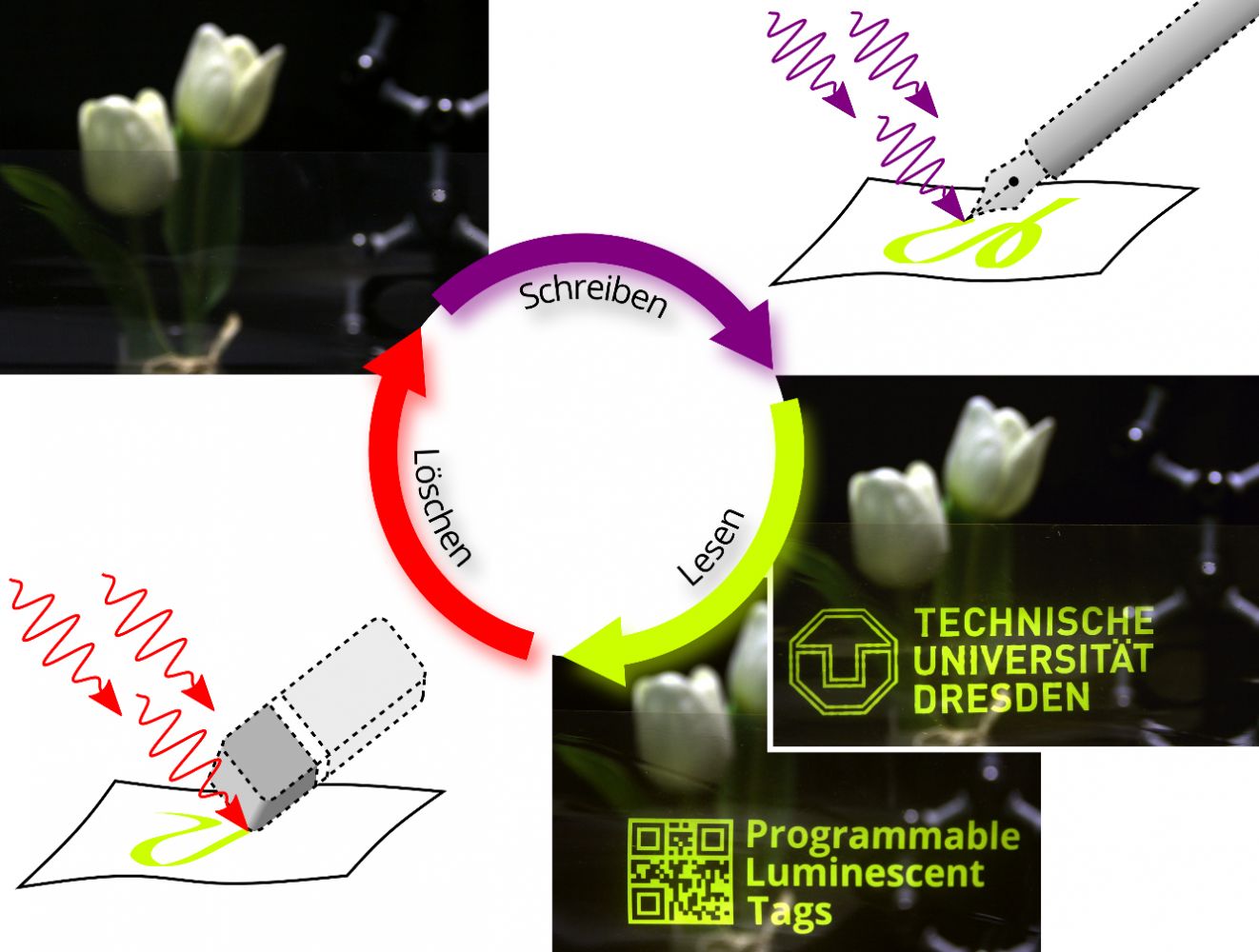(Researchers create ultra-lightweight ceramic material that can better withstand extreme temperatures)
2019/2/14 カリフォルニア大学ロサンゼルス校(UCLA)

・ UCLA と他大学・米国研究機関による研究チームが、極軽量で高耐久性のセラミックエアロゲル材料を開発。
・ 1990 年代より産業機器の断熱に利用されているセラミックエアロゲルは、NASA のマーズローバーによる宇宙開発用機器にも用いられているが、今回開発した新材料はさらに高耐久性で軽量。また、その特殊な原子組成と微細構造により弾性も備える。
・ 同セラミックエアロゲルは、現在最高水準のものに比してさらにフレキシブルで高強度。元の体積の 5%まで圧縮後に完全に形状を回復する(他のエアロゲルでは約 20%まで)。
・ エアロゲルは一般的に体積の 99%超が空気で軽量だが、固く極めて頑丈な構造を有し、セラミクス、カーボンや金属酸化物等、多種類の材料で作製できる。セラミックをベースとしたエアロゲルは、他のエアロゲルに比して厳しい温度の遮断に優れ、超低密度で炎や腐食を耐久する。
・ 新セラミックエアロゲルは、窒化ボロンの薄膜とグラフェンから構成される。試験用jコンテナにて- 198℃から 900℃への数秒間隔の急激な温度変化を数百回耐久し、1,400℃下での 1 週間の保存後に損失した機械強度は 1%を下回った。
・ 同セラミックエアロゲルの急激な温度変化への高い耐久性は、加熱により収縮し(従来のものは膨張)、また、圧縮された方向に対して垂直に収縮する(負のポアソン比として知られる特性)、その特殊な構造によるもの。また、内部に「壁」を持つ二重窓構造が断熱能力を向上させながら材料の重量を低減。同エアロゲル作製プロセスは、他の超軽量材料作製にも応用が可能。
・ 本研究チームの他の大学・研究機関は、カリフォルニア大学バークレー校(UC Berkeley)、パデュー大学、ローレンスバークレー国立研究所(LBNL)(米国)、湖南大学、蘭州大学(中国)、 サウード国王大学(サウジアラビア)。・ 本研究は米国科学財団(NSF)の資金提供により一部実施。
URL: http://newsroom.ucla.edu/releases/ultra-lightweight-ceramic-material-withstand-extremetemperatures
(関連情報)
Science 掲載論文(アブストラクトのみ:全文は有料)
Double-negative-index ceramic aerogels for thermal superinsulation
URL: http://science.sciencemag.org/content/363/6428/723
<NEDO海外技術情報より>
Abstract
Ceramic aerogels are attractive for thermal insulation but plagued by poor mechanical stability and degradation under thermal shock. In this study, we designed and synthesized hyperbolic architectured ceramic aerogels with nanolayered double-pane walls with a negative Poisson’s ratio (−0.25) and a negative linear thermal expansion coefficient (−1.8 × 10−6 per °C). Our aerogels display robust mechanical and thermal stability and feature ultralow densities down to ~0.1 milligram per cubic centimeter, superelasticity up to 95%, and near-zero strength loss after sharp thermal shocks (275°C per second) or intense thermal stress at 1400°C, as well as ultralow thermal conductivity in vacuum [~2.4 milliwatts per meter-kelvin (mW/m·K)] and in air (~20 mW/m·K). This robust material system is ideal for thermal superinsulation under extreme conditions, such as those encountered by spacecraft.



